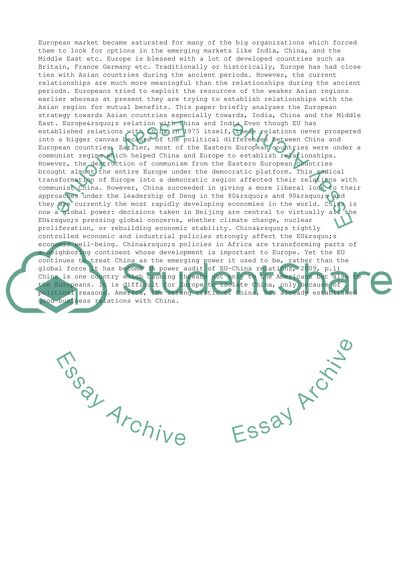Cite this document
(“European Strategy towards Asian Countries Essay”, n.d.)
Retrieved from https://studentshare.org/business/1414524-critically-evaluate-european-strategy-towards
Retrieved from https://studentshare.org/business/1414524-critically-evaluate-european-strategy-towards
(European Strategy towards Asian Countries Essay)
https://studentshare.org/business/1414524-critically-evaluate-european-strategy-towards.
https://studentshare.org/business/1414524-critically-evaluate-european-strategy-towards.
“European Strategy towards Asian Countries Essay”, n.d. https://studentshare.org/business/1414524-critically-evaluate-european-strategy-towards.


